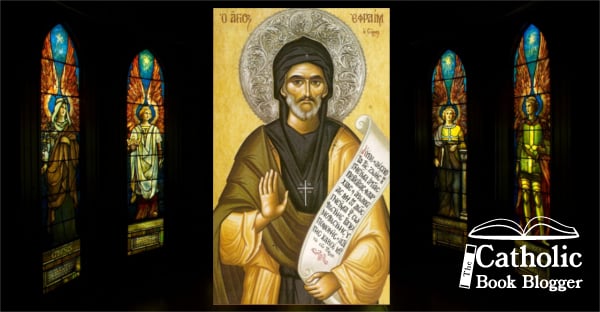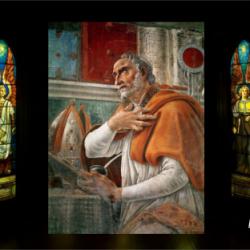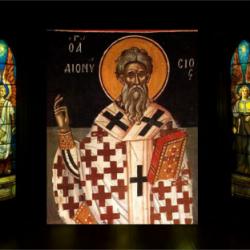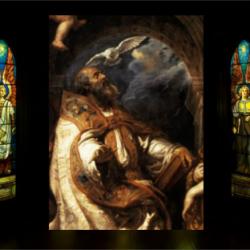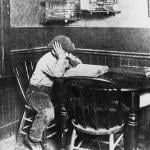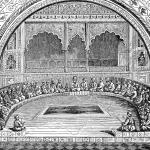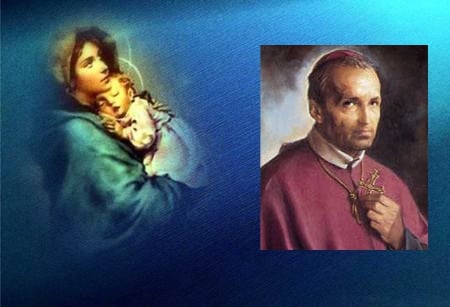 The death of Mary was precious
The death of Mary was precious
St. Alphonsus tells how Mary’s death was made sweet and precious in several ways.
How precious was the death of Mary—both because of the special graces that accompanied it, and because of the way in which it took place.
Death is the punishment of sin. So it would seem that the Mother of God— all holy, and exempt as she was from the slightest stain of sin—should also have been exempt from death. She shouldn’t have had to encounter the misfortunes to which the children of Adam, infected by the poison of sin, are subject. But God was pleased that Mary should in all things resemble Jesus.
Just as the Son died, it was fitting that the mother should also die. Even more, God wanted to give the righteous an example of the precious death prepared for them. So he willed that even the most Blessed Virgin should die—but by a sweet and happy death.
Let’s consider, then, how precious was Mary’s death.
Three things render death bitter: attachment to the world, remorse for sins, and the uncertainty of salvation. The death of Mary was entirely free from these causes of bitterness, and it was accompanied by three special graces that ren- dered it precious and joyful: She died as she had lived, entirely detached from the things of the world; she died in the most perfect peace; and she died in the certainty of eternal glory. —St. Alphonsus Liguori, The Glories of Mary
IN GOD’S PRESENCE, CONSIDER . . .
St. Alphonsus says that “three things render death bitter: attachment to the world, remorse for sins, and the uncertainty of salvation.” When my hour of death comes, will my death be bitter, or sweet?
CLOSING PRAYER
From a prayer of St. Alphonsus: My Queen, don’t abandon me at death. You, after Jesus, must be my comfort in that terrible moment.
________________________________________________________________________
Remember to subscribe to my feed so you will not miss a day! This recurring feature at The Catholic Blogger is possible through the cooperation of author Paul Thigpen and publisher Saint Benedict Press. To get your own copy of this book, click below.






